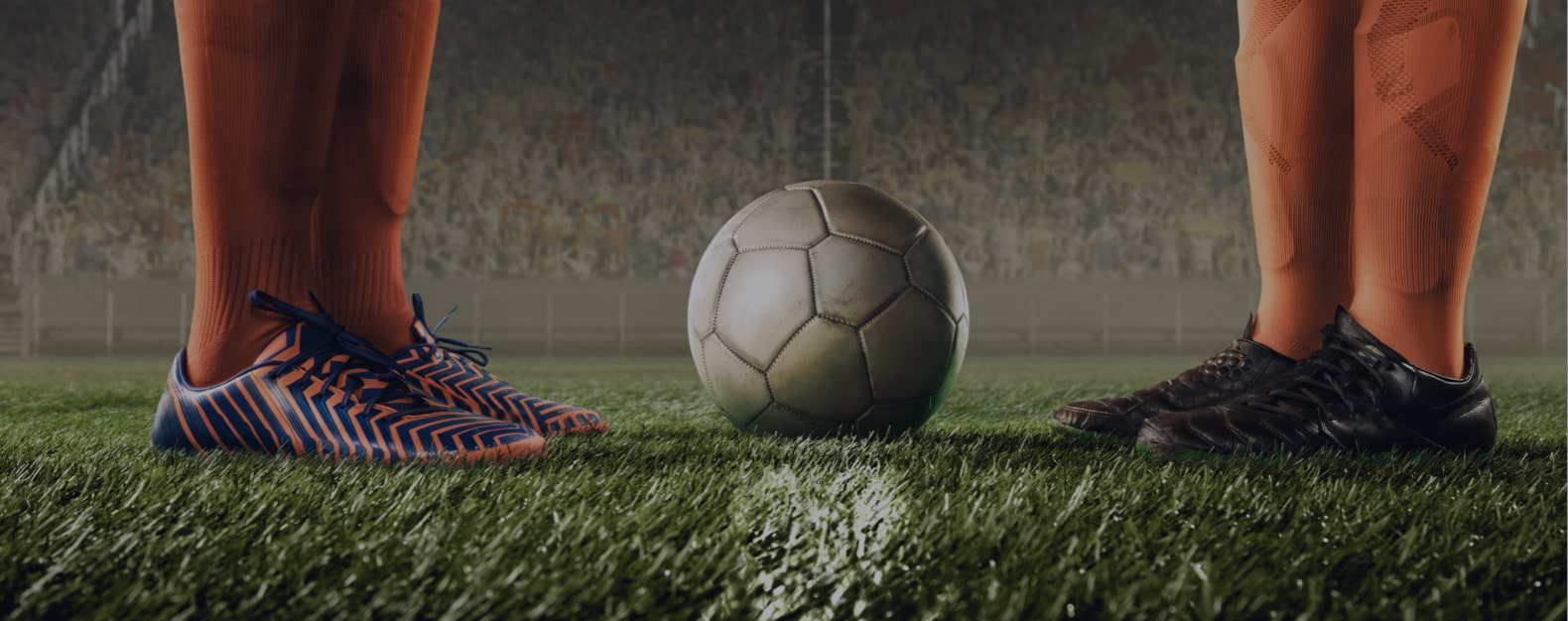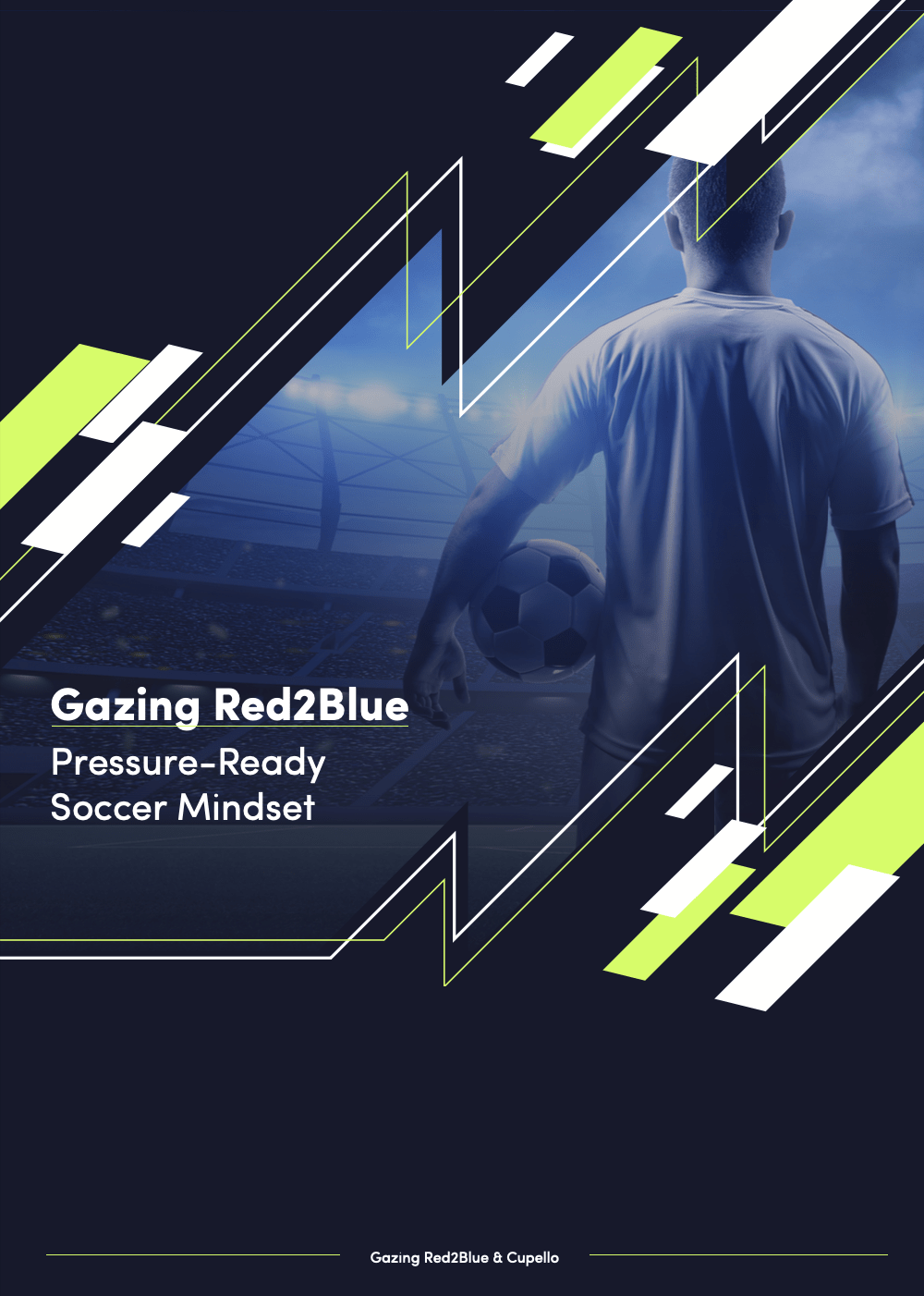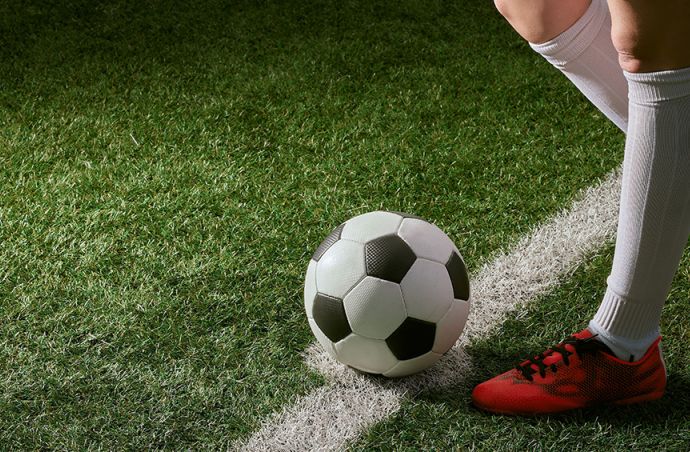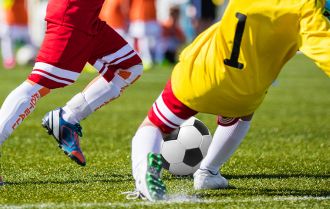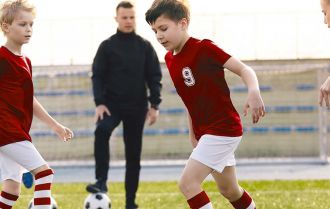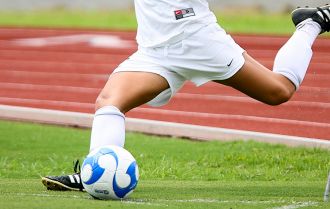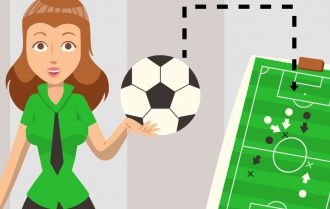
Coaching eBooks


Award Winning Soccer Coaching Platform
Become a better coach, we give you the tools to help you coach your players to be the best they can be and ensure you are coaching the right things at the right age.
Try 7-Day Free Trial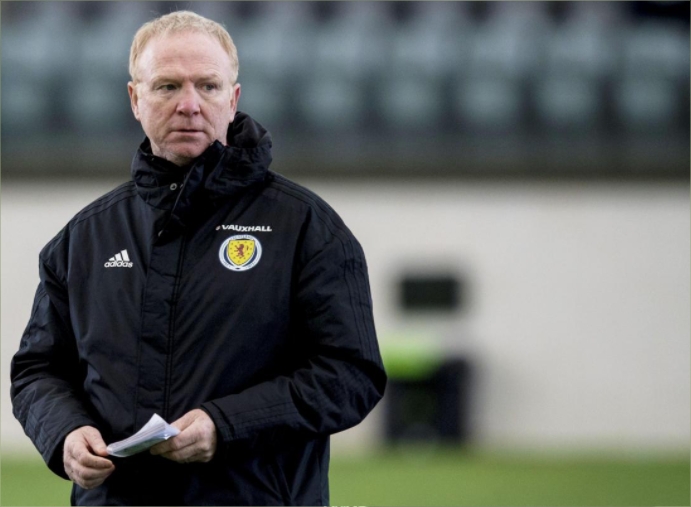
Top level coaching platform! If I was still a coach it would be a no brainer to sign up to something as good as this.
Latest Coaching
Women & Girls
Video Drills
ASK THE COACH
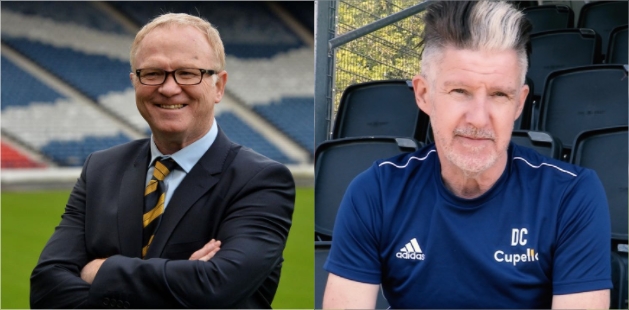
Your coaching development will benefit from a direct line to our experts. Dave Clarke, Alex McLeish, Abbie Sadler will answer your questions.
Join Us Today-
How do I coach players of different abilities?
What I do is to split the players into groups, the groups all play the same drill but this where the “modify” section of Cupello drills is so useful. One of the groups does the drill the hard way and one the easy way. When the players talk about it or see each other in the drills they are doing the same one so they do not have the stigma attached of one group doing an advanced drill and one doing a simple drill.
-
How long should soccer drills last?
Soccer drills come with times on them – 10 minutes, 15 minutes – but what should a coach do to make sure they are working with their players for the right amount of time?
The timings below are just guidelines to help the coach. Some weeks the players will pick up what you want them to do quickly and the game or drill will work perfectly and you can run it for as long as the players are enjoying it. Sometimes they will take a lot longer if understanding is not there or players are finding it too hard.
Don't feel you have to run a drill longer because it says 20 minutes on the packet. If you feel the players have done the drill move on to something else. Also if they cannot understand the drill you can spend longer on it until you feel they have benefited from it.
If you can arrive earlier than the players at practice you can set up the playing area so the players are not hanging around waiting and wasting precious time
Age: Players can only take in so much at any one time when they are training so using a soccer drill depends on the age of the player. Younger age groups have less attention span.
Under 7-Under 8 - The coaching, training games, and drills plus a match should last no more than 60 minutes. You should plan to have two drills with one a warm-up lasting 15 minutes plus a coaching drill taking up 25 minutes The game should be 15 -20 minutes at the end depending on how long you have left.
Under 9 – Under 10 - The coaching training games and drills plus a match should last no longer than 1 hour 30 minutes. Use two or three games or dills and a match at the end. One of the three games should be the warm-up which will last for 15 minutes with the other two drills lasting 20-25 minutes with a match at the end lasting 30 minutes. Don't forget to plan water breaks and set up time into the session.
Under 11 – Under 12 - Same as Under 9-Under 10 .The coaching training games and drills plus a match should last no longer than 1 hour 30 minutes. Use two or three games or dills and a match at the end. One of the three games should be the warm-up which will last for 15 minutes with the other two drills lasting 20-25 minutes with a match at the end lasting 30 minutes. Don't forget to plan water breaks and set up time into the session.
Under 13-Under 14 - The coaching training games and the drills plus a match at the end should last no longer than 2 hours. You should plan for three drills each one taking 25-30 minutes including breaks with a game at the end lasting 30-40 minutes
Under 15 and above - This is the same as Under 13-Under 14 and would be the same at ages up to Under 18 and adult. The coaching training games and the drills plus a match at the end should last no longer than 2 hours. You should plan for three drills each one taking 25-30 minutes including breaks with a game at the end lasting 30-40 minutes
-
How can I motivate players?
When a team has had a run of bad results it is often difficult to motivate them for the next game. Even when you have a very talented team losing can be something that effects them mentally. Here's how to get a positive reaction.
Body language and tone of voice
Your body language should be reflecting what you are telling your players. If you say positive things but your body language is limp you are less likely to get a positive reaction. You should be energetic and upbeat when talking to your players. Children will be looking for a facial expression that reassures them that you believe what you are saying. Being expressive with your hands is also a good way of getting their attention.
Find the positives
It is not a good idea to say “you were unlucky” or blame the referee – we've all had those thoughts in our head when we have lost but to a young player they mask the reality of the positive reaction you want and they focus on what could have happened if the referee hadn't been so “useless”. Make a list of the positive things from the game and read them out to your players. If your team plays well luck doesn't come into it, moments in a game do so you should focus on them.
Words that you are using
The old saying 'think before you speak' has never been truer when it comes to talking to young players. Are you using positive words and phrases that will help your players? Can you rephrase it into something positive? If not don't say it. Coaches on the sidelines are full of negatives – “Get rid of it” “don't miss your tackle” – turn it around “great run” “win the ball”. Positives to your players.
Small-sided games
In training I use a lot of small-sided games which my players love because they get so many touches of the ball. Don't pull out mistakes because it makes players scared to make a mistake so the players try and hide on the pitch because of the fear of getting the ball and being shouted out.
Small sided games work on all aspects of training from attacking to defending, shooting at goal and finding themselves in every position on the pitch. This helps them understand the game.
Technique
Coupled with small-sided games give your players a lot of basic action unopposed work before you go into the more technical aspects of the game. Going back to the basics can help a lot of players get their confidence back before they have to play another game. You can go from 4v4games which work on touches of the ball to 8v8 ones where the players are more tactically aware. All this helps to bring confidence to individuals and that rubs off on the team.
-
How do I get my players to be more physical?
Small-sided games are ideal for getting young players more involved if they are shying away from the ball. Look for games that are 2v2 or use overloads to get the coaching point across. In these games the players have to be more physical if they lose the ball both in terms of running and chasing, pressing and holding off an opponent. It also helps with team bonding as the players do not want to let each other down. When numbers are small players can't hide or they will soon get told by their team mates to do more work!
It is important to give team targets in these games “can we win the ball back in 5 seconds”, “can we win the second ball” “can we win the first half” “can we win the second half”. This gives them a focus and they will respond to the easier target rather than seeing the game as a whole entity.
-
What are good soccer drills?
Good soccer drills go some way to creating a good practice for your players that sees them wanting to come back every training day. If you want a step by step approach to using drills you need to work out what it is they should be teaching your players.
You need to get the players focused and motivated using drills that bring out your coaching points. One thing you should think about is that repetition is a key part of player development but you must make sure the repetition is disguised in the drill and the players are not bored by the same old thing.
These are the points that a good soccer drill should bring out:
PLAYER FOCUS
To get focus and understanding make sure you are giving your players individual challenges at practice. You can keep it simple like doing keepy-uppies and being able to do one or two more at the next practice – if they do two get them to do three etc. Or you can do more advanced ones like during a training drill they can't pass back to the player that passed it to them.
REPETITION
To get repetition in a drill there should be multiple examples of the coaching point. Around 20% of your practice should have some form of repetition– something simple like shooting from outside the area would be a simple game within a small sided game where teams cannot score from inside the area or play positional games like 4v2, 5v2 where the repetition is constant passing and receiving.
TECHNIQUE
A good soccer drill should work on technique. Here are the coaching points you should work on for player development.
- Use the side of the foot for accurate passing.
- Control with as many parts of the body as you can practice.
- Constantly practice accurate passing.
- Accurate shots at goal are more important than power.
- Crossing the ball to different areas of the final third
- Give players a good 1v1 game.
- Use one-twos with your players to create fast attacking play.
- Practice set plays so players know what to do when they need to throw-in or take a goalkick or a free kick.
- Individual techniques like shielding the ball.
- Play small-sided games that incorporate as many of these points as possible.
TACTICS
How will your team play? 1-3-2-1 or 1-2-3-1? You need to use soccer drills that help you to play in a style that you want for your team. To play a possession game you need to use drills that repeat keeping hold of the ball and winning it back – try wave games like 3v3v3. Use counter attacking drills for a fast attacking team and all teams need to press to win the ball back, how will you press? High press is the most fashionable and works well with youth teams putting pressure on the opposition defenders and goalkeeper.
All the drills and sessions mention here can be found on Cupello.
-
A-Z of Things to do for Next Season
Coaches should use this list at the end of each season so they know at the start of next season it will be much easier to sort out. This includes equipment, players, managers and coaches so if teams need a manager or a coach or more players you are ahead of the game.
Go over last season and what you achieved:
1. REFLECTION and EVALUATION
- Have you based the team principles (intentions) on your players abilities / inabilities or are you focused on your players playing how you want them to?
- Are you intent on winning or development?
- How is squad developing & adapting to 9 v 9?
- Are individuals developing within the team context
- What are competent / incompetent with?
- Are you reflecting & critically evaluating your sessions?
- Are players submitting their match reflections each week?
- If so, are their reflections aligned with yours?
2.ADMINISTRATION Is your admin staying with the team or will you have to seek help from a parent to send out all the team info each week?
3. AGE GROUP Are you staying with the same players next season? What size balls and goals will you need?
4. COACHES Do you have enough coaches for the teams at your club or have you vacancies you need to promote for next season?
5. DATES! When does the season start and when is the club shutting up for summer? -don't forget to make a note so you are not caught out when the pre-season starts.
6. EDUCATION See what education there is out there that you can do during the break from playing games
7. EQUIPMENT Stack it away and make a note of where it is so you are ready when you come back next season and are not searching around for the lock up key.
8. FEES Make sure you highlight a few days during the summer when you can collect fees from the players for next season.
9. FUN DAYS OUT Plan some get togethers like barbeques or playing rounders/baseball – it keeps the team in communication and helps with team spirit.
10. GAMES ON TV Watching games on TV or video helps them to understand the game better and with all that time off in summer it's ideal for them to do it
11. LEAGUE Are you registered for next season?
12. MATCH DAYS Which day will you be playing on? Is it the same day as last season or will you have to change things that you normally do on the day your team is now playing?
13. PLAYING KIT Do you need to order new kit for your players? They may grow over the summer so don't be too hasty in replacing it before then.
14. REGISTRATION When do your players have to be registered for the new season?
15. SPONSORS Team sponsors are a great way of making a bit of money for the club – start looking for one as soon as possible.
16. TOURNAMENTS Have you thought about when and how many you will play in? Are players available? Do you plan to run your own?
17. TRAINING Are you all booked in for training your team next season?


TAKE YOUR GAME TO THE NEXT LEVEL
All the tools you will ever need to become a successful coach, join us today on a free trial!
Try 7-Day Free Trial